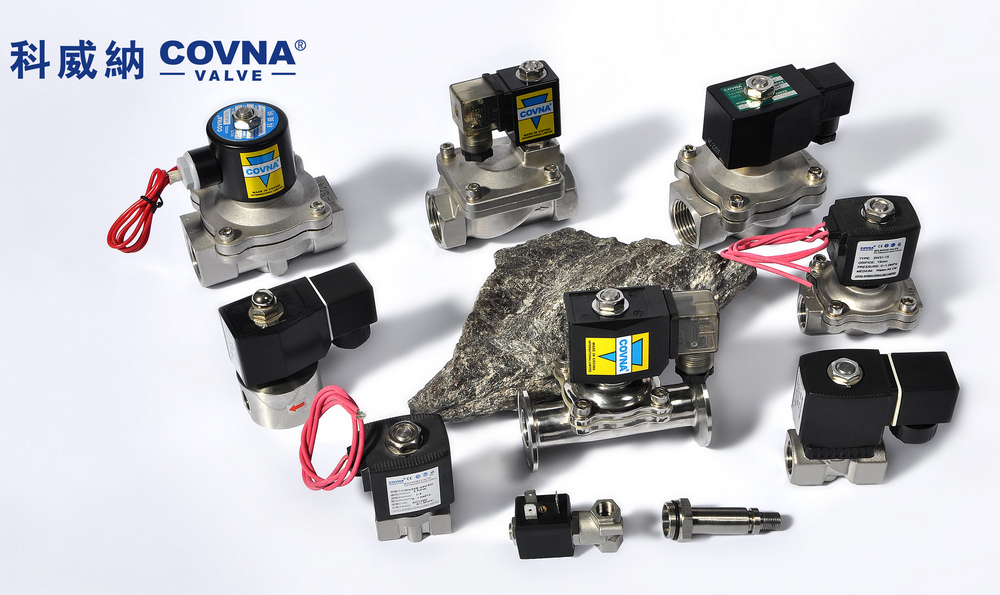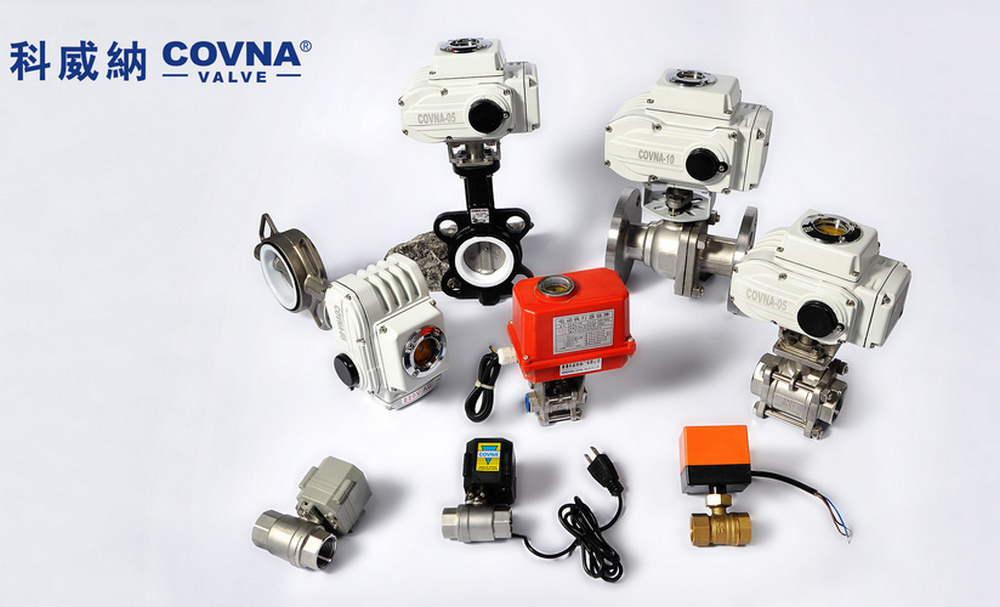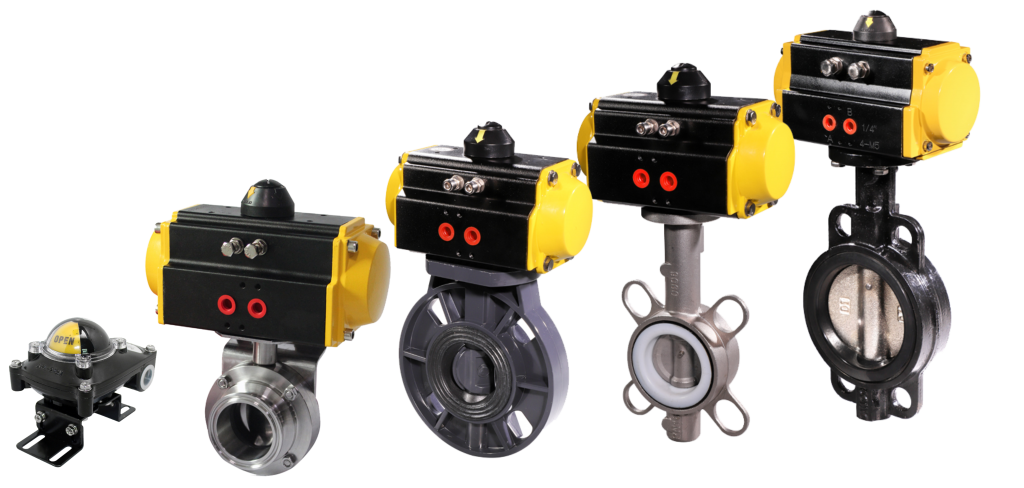Valves are used in many fields, and with the development of industry, the variety of valves has become more and more. There are two general types of Valves:

The first type of automatic valve: This valve relies on the ability of the medium (liquid, gas) itself to automatically control the opening and closing of the valve. Common such as: check valve, safety valve, regulating valve, trap valve, pressure reducing valve, etc.
The second type of driving valve: Valves that rely on manual, electric, electromagnetic, pneumatic to operate, such as butterfly valves, ball valves, gate valves, globe valves, throttle valves, plug valves, and so on.
At present, the most commonly used valve classification methods at home and abroad are as follows:
Classification by valve shape and characteristics:
Swing valve: the closing member rotates around the shaft outside the valve seat
Globe valve: the closing piece moves along the center of the valve seat
Gate valve: the closing piece moves along the center of the vertical valve seat
Plug and ball valve: the closing member is a plunger or ball, which rotates around its own centerline
Butterfly valve: the disc of the closing part, which rotates around the axis in the valve seat

Classification by driving method:
Solenoid valve: rely on electromagnetic to control the valve body to close
Motorized valve: driven by motor or other electrical device
Pneumatic valve: rely on compressed air to drive the valve to open and close
Manual valve: relying on hand wheel, handle, lever or sprocket, etc., it is driven by human power. When transmitting large torque, it is equipped with worm gear, gear and other reduction devices.

Classified by valve’s different uses:
Check valve: used to prevent the medium from flowing backward, such as a check valve
Regulating valve: used to adjust the pressure and flow of the medium, such as regulating valve and pressure reducing valve
On-off valve: used to connect or cut off the pipeline medium, such as stop valve, gate valve, ball valve, butterfly valve, etc.
Distribution valve: used to change the medium flow direction and distribute the medium, such as three-way plug, distribution valve, slide valve, etc.
Safety valve: When the pressure of the medium exceeds the specified value, it is used to discharge excess medium to ensure the safety of piping systems and equipment, such as safety valves and accident valves.
Other special applications: such as trap valve, vent valves, blowdown valves, etc.

Classification by valve connection
Flange valve: The valve body has a flange connection and is connected by a flange
Threaded valve: the valve body has internal or external thread
Welded valve: The valve body has a welded joint and is connected by welding
Clamp valve: The valve body has a clamp port, which is connected by a clamp.

PDF Get-a-Product Catalogue